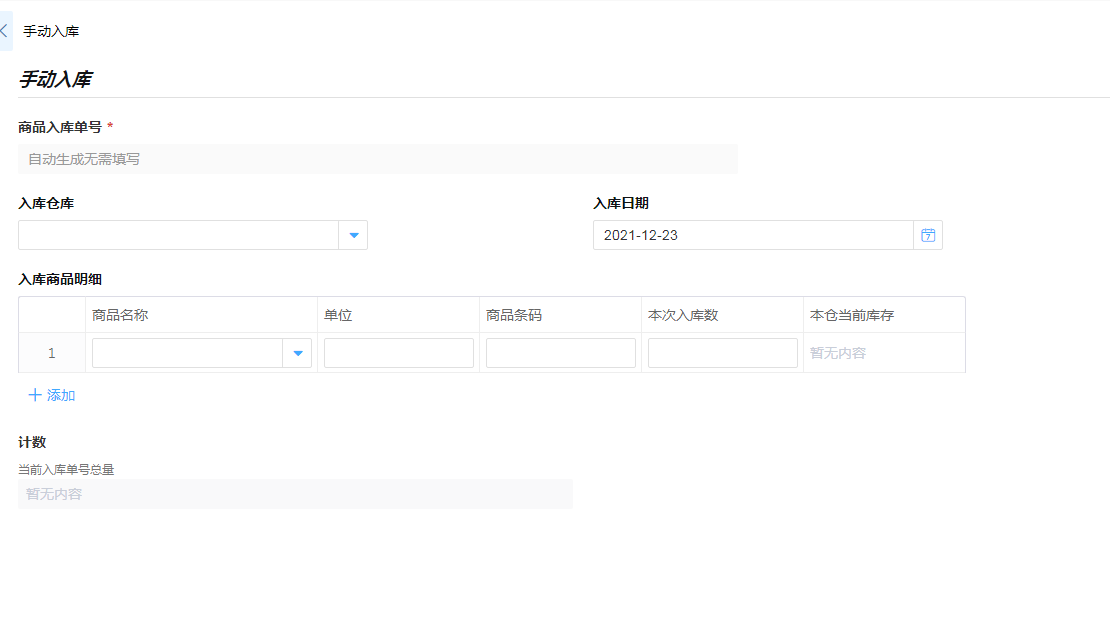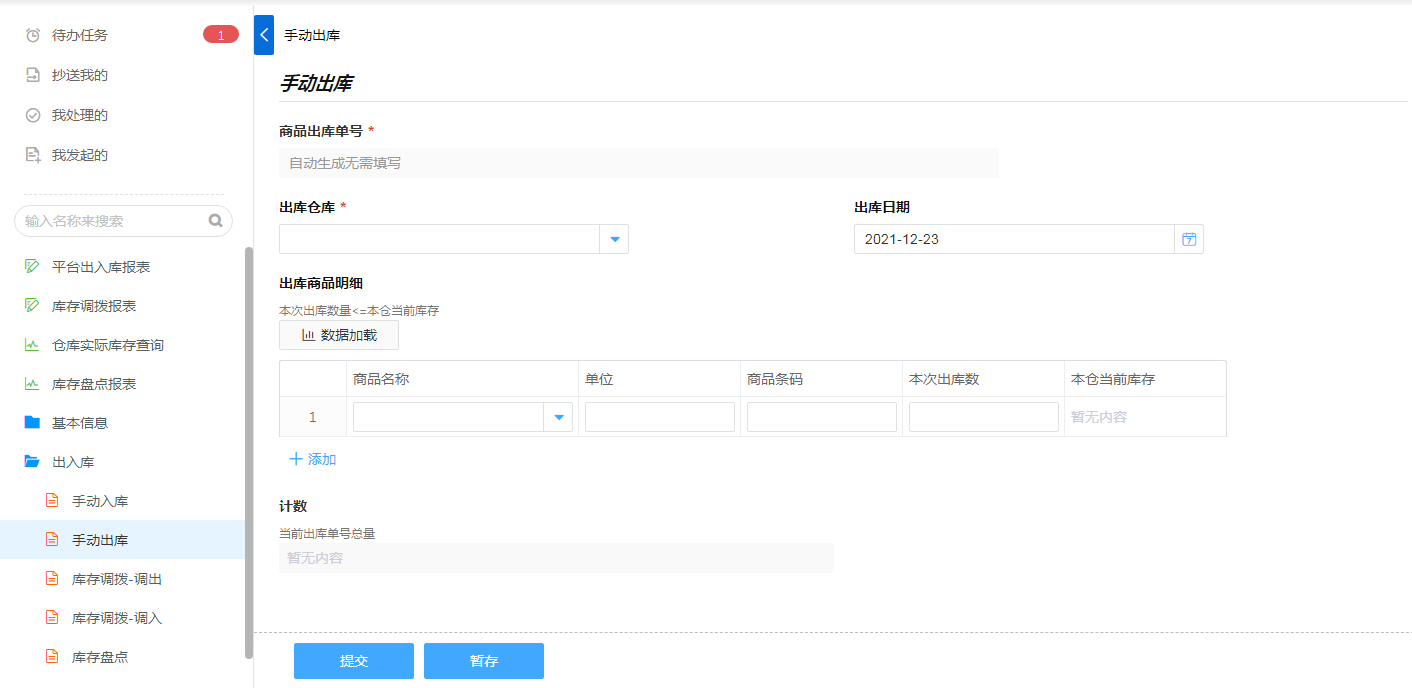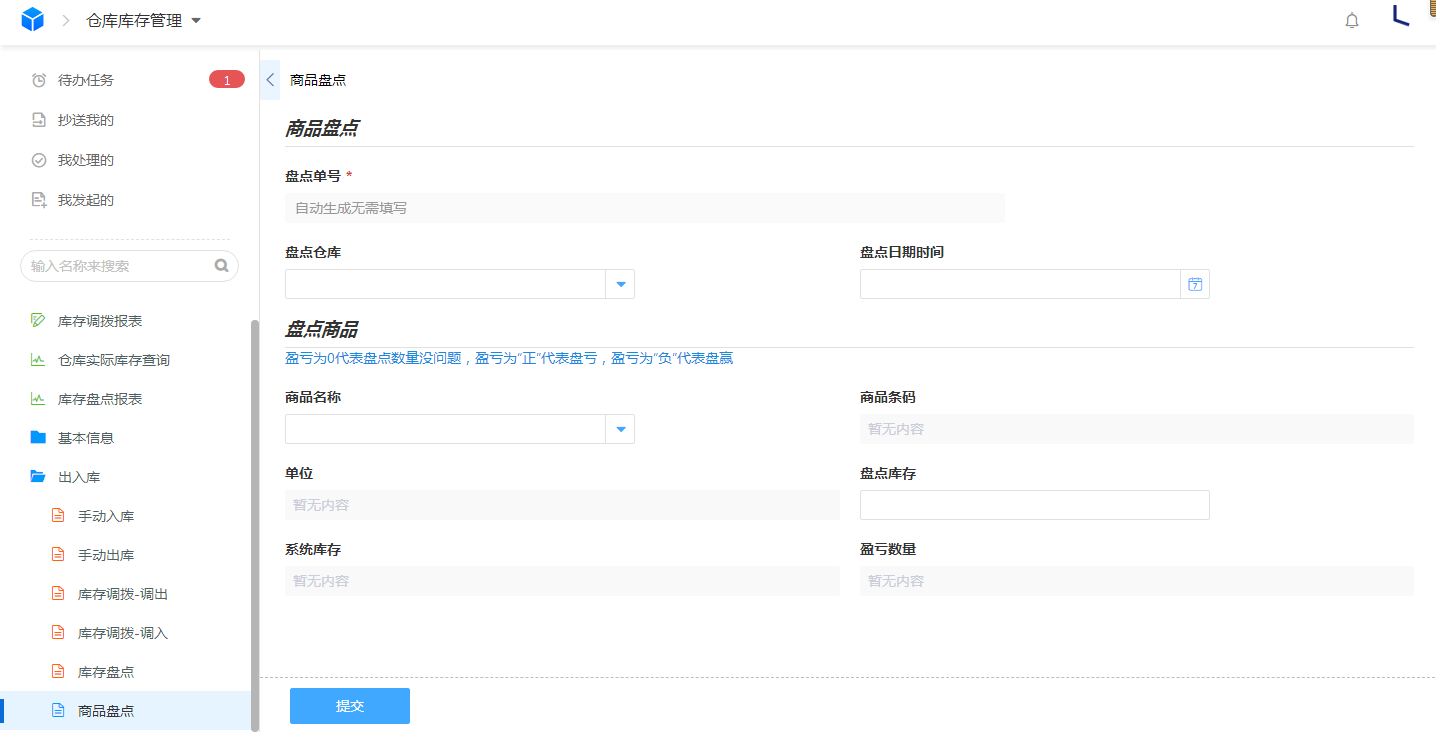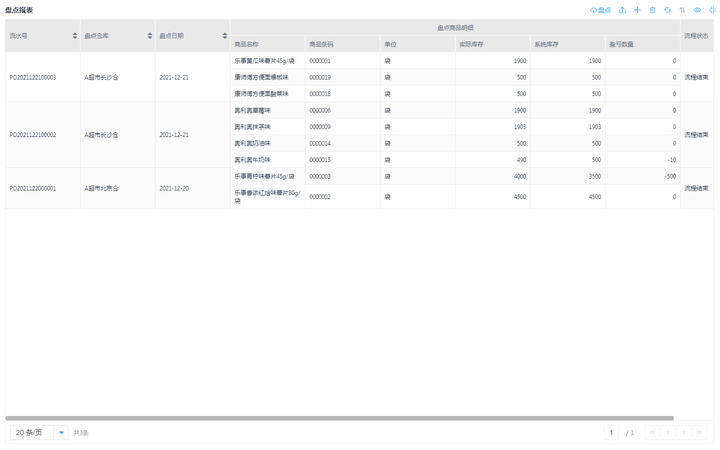1. What is a warehouse management system?
Warehouse management system is a specialized software system used to manage and optimize various activities and resources in the warehouse, including material receiving and receiving, storage, distribution, goods tracking and so on. It can help enterprises manage and control logistics, inventory, orders and other aspects of business more efficiently, improve production efficiency and management accuracy, so as to achieve the goals of cost control, enhanced market competitiveness and improved customer satisfaction.
In general, a warehouse management system needs to have the following characteristics:
- Automation: automatic data collection, information processing, process control , etc.
- Integration: seamless connection with other enterprise information systems (ERP, WMS, TMS, etc.).
- Real-time: timely feedback of inventory information, operation progress, abnormal alarm, etc.
- Visualization: Display business data, storage status, work progress, etc. on the corresponding screen or display.
- LBS-enabled: use positioning technology and wireless network technology to track logistics information and cargo status in real time.
- Supervision: Depending on the situation, multiple functions such as demand analysis, statistical analysis, and safety monitoring are provided, which is conducive to the management's overall planning of personnel and materials, and formulation of planning and adjustment strategies.
2. What functions does the warehouse management system have?
1. Import warehouse information with one click to improve work efficiency
Through the warehouse management system, not only can the basic information be customized, but also support one-click import of Excel tables, which is convenient for improving the work efficiency of users.

2. The management of in-out and out of the warehouse is transparent, so that the goods can be traced
In the past, the inbound and outbound management mainly relied on manual offline paper registration, which took a long time, was cumbersome to operate, and the operation process was opaque. It was prone to accidents such as missing goods in the warehouse or unequal inventory quantities.
Through the warehouse management system, it is possible to carry out detailed records on the outbound and inbound of goods, including the process of allocation in the middle. This process is mainly to make the goods traceable in the warehouse, so as to reduce the economic loss of the warehouse.
- Commodity warehousing
Commodity warehousing is mainly when the purchased raw materials or products arrive at the warehouse, or when the finished product enters the warehouse and waits for the next order, it is necessary to submit the [Storage Receipt ] to record the basic information such as the quantity of the item, so as to facilitate subsequent adjustments based on the inventory Production and sales plan. The storage in the warehouse management system is recorded in the form mode . When using it, you can customize the input of relevant information, and you can also use Excel to import it .

- Commodity Outbound
Commodity outbound management means that when goods need to leave the warehouse, Baishu warehouse management system supports outbound management, so as to facilitate subsequent inventory adjustment and statistical analysis. It is also managed in the form of a form, and supports automatic generation of the delivery order number.

- Inventory Allocation
Allocation is mainly used to adjust the inventory quantity in the warehouse. Putting the right goods in the right warehouse/location can be divided into inbound and outbound. In the Baishu inventory management system , business personnel only need to submit the transfer out-of-warehouse or transfer in-warehouse according to actual needs, and then they can complete the work such as submitting for review.
1) transfer into storage

2) Transfer out of the warehouse

3. Informationized inventory counting, agile query and calculation
In the past, warehouse inventory was usually carried out manually at fixed points for inspection and statistics. If the quantity is relatively large, the time cost and labor cost are also huge.
The Baishu inventory management system not only supports the inventory of finished products and raw materials in the warehouse on a monthly/yearly basis, but also quickly finds the required items and counts the number of related items, so as to ensure that the stored goods are intact and the accounts are consistent. .

4. Digital report management, data display at a glance
Visual data reports can not only fully display inventory data, but also make various comparison charts to assist enterprises in making major business decisions, and automatically summarize all data, supporting summary display and custom queries.
For the warehouse management system, Baishu builds data reports as follows:
- Platform inbound and outbound management report

- Stock Transfer Report

- Warehouse actual inventory query

- Inventory Count Report

5. Use the mobile terminal, scan the code to register
The warehouse management system not only supports the use on the mobile terminal, but also supports docking with DingTalk, Enterprise WeChat, and WeChat official accounts. And the warehouse management system also includes a barcode. When selling, you only need to scan the barcode of the product, and the relevant information can be automatically matched to the sales form.


3. What are the types of warehouse management systems on the market?
Warehouse management systems can be divided into the following categories:
- Cloud-based warehouse management system. This type of warehouse management system data is stored on cloud servers , and users can access the system through any device. Usually the payment model is monthly or annual.
- Self-deploying warehouse management system. This type of warehouse management system needs to be installed on the user's own server, and the user can customize and manage the system by himself. Usually the payment model is a one-time purchase.
- Open source warehouse management system. This type of warehouse management system can be downloaded and used for free, and users can customize and manage the system by themselves, but certain technical skills are required.
- Logistics enterprise dedicated warehouse management system. This type of warehouse management system is tailor-made for logistics companies and usually includes multiple functional modules such as order management, inventory management, transportation management, and financial management.
- Third-party warehouse management system. This type of warehouse management system is provided by a third-party company and mainly serves enterprises that do not have self-built warehouses. Usually charge a rental fee and provide supporting logistics services.
4. How to choose a warehouse management system?
1. Are the basic functions of the warehouse management system complete?
The basic functions of the warehouse management system include: storage management, storage management, inventory management, order management, query and statistics functions, etc. These functions are generally indispensable, so when choosing a warehouse management system, it is necessary to ensure that the system can meet the basic needs of the enterprise.
2. Are the scale and business model of the enterprise suitable for the system?
Different warehouse management systems are applicable to different enterprise sizes and business models. For example, some small businesses can choose some easy-to-use warehouse management software to manage basic inventory information, while some large enterprises need to use high-end warehouse logistics management systems to manage complex inventory operations.
3. Is the interface and use of the warehouse management system easy to use?
A good warehouse management system not only needs complete functions, but also needs beautiful interface design and easy operation. This can not only reduce the cost of use, but also help to improve work efficiency.
4. What is the data security of the warehouse management system?
With the improvement of informatization, data security has become one of the important considerations for enterprises to purchase warehouse management systems. Therefore, data security must be guaranteed, including backup and recovery capabilities, security options, and user rights management.
5. Whether the follow-up support of the warehouse management system is timely
Purchasing a warehouse management system is not a one-time thing. The operation of the enterprise needs to be continuously updated and upgraded. Therefore, after-sales service support is very critical. Ensuring the timeliness and quality of after-sales service can provide a strong guarantee for the long-term development of the enterprise.
To sum up, enterprises need to clarify their own needs when purchasing a warehouse management system, and summarize the above five aspects according to the actual situation, in order to finally find a satisfactory product .